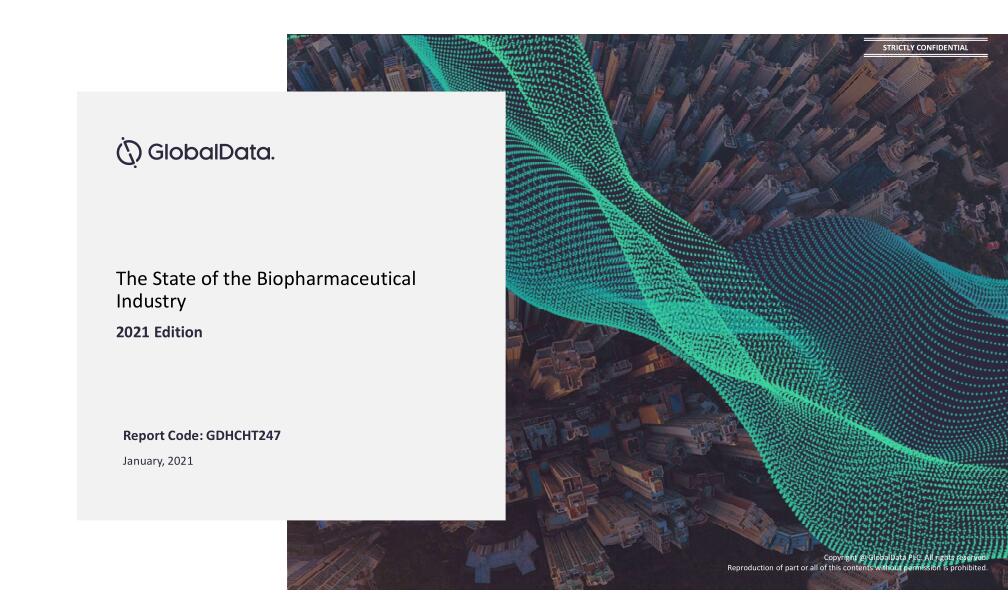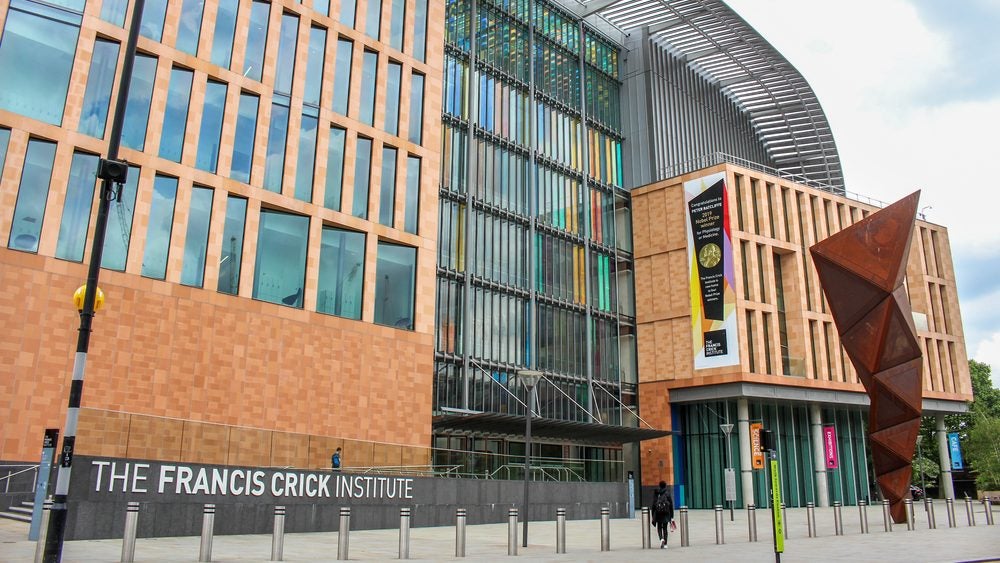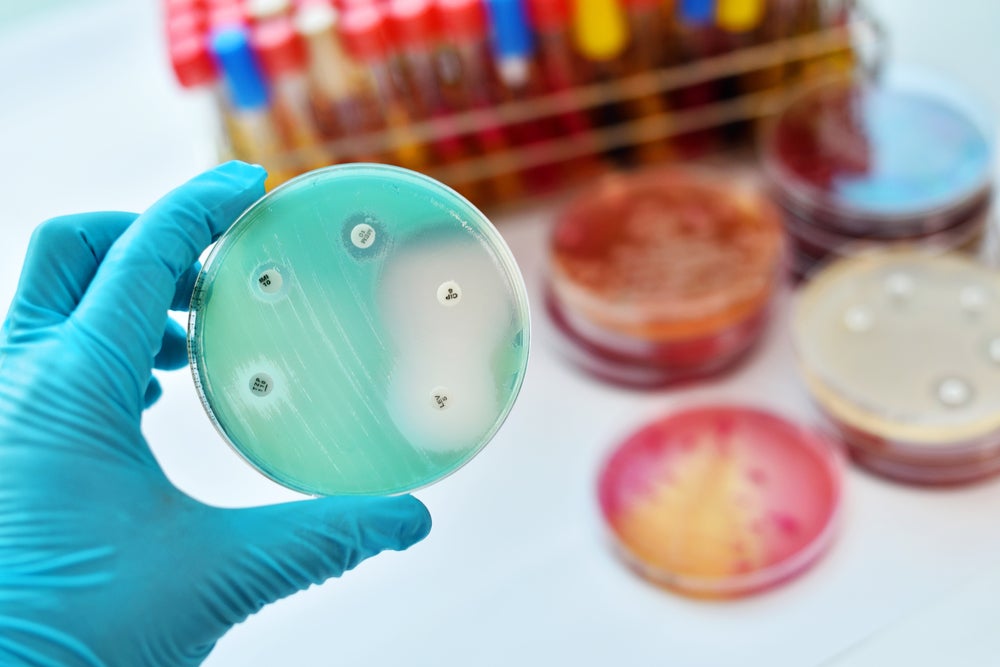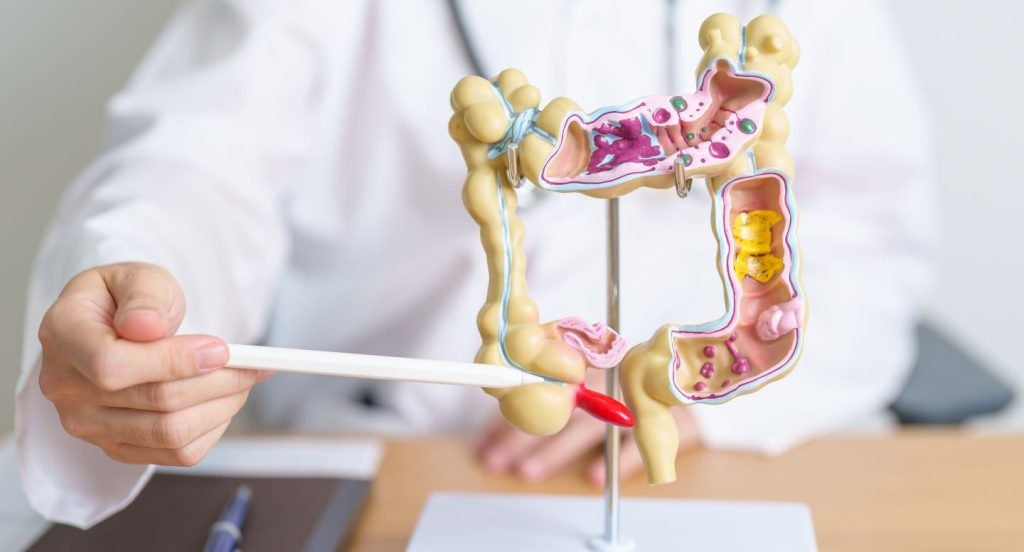
In the world of pharmaceuticals, names of drugs carry more significance than most realise. The number of not just new pharmaceutical drugs, but also generics and biosimilars, keeps increasing, and the task of coming up with unique, market-friendly names is getting more challenging. But what happens when there aren’t enough distinct names, or when similarities between names lead to confusion?
Drug names are the product of complex, multiparty negotiations meant to satisfy the needs and desires of various stakeholders, such as patients, pharmaceutical firms, physicians, pharmacists, other health care professionals. Brand names in particular can have wide-ranging ramifications. The naming choice of Eli Lilly’s newly-approved obesity drug, Zepbound (tirzepatide), has gained attention and sparked discussion on social media. One X user likened the name to “a character straight from the hitchhiker’s guide to the galaxy”, with another posting “the name sounds like a 70’s cover band”, which only highlights the importance of brand identity in pharma.
How well do you really know your competitors?
Access the most comprehensive Company Profiles on the market, powered by GlobalData. Save hours of research. Gain competitive edge.

Thank you!
Your download email will arrive shortly
Not ready to buy yet? Download a free sample
We are confident about the unique quality of our Company Profiles. However, we want you to make the most beneficial decision for your business, so we offer a free sample that you can download by submitting the below form
By GlobalDataAnd even international bodies need to be on board. Earlier this year, one such nonprofit agency, The Institute for Safe Medical Practices (ISMP) released a list of the most confusing drug names, which contains look-alike and sound-alike (LASA) name pairs of medications. For example, Amicar (aminocaproic acid), a blood clot drug, and Omacor (Omega-3-acid ethyl esters), used to treat lipid disorders such as hypertriglyceridemia. Rita Jew, PharmD, president of the ISMP, says confusing drug names can have implications on patient safety. “The big safety concern is the fact that the patient may end up getting the wrong medication because of that confusion.”
The impact of confusing drug names on patient safety
Drugs have three types of names: chemical, non-proprietary, and a trade or brand name. For example, paracetamol is the non-proprietary name for the painkiller, its chemical name is acetaminophen, and Tylenol is an example of a brand name. New chemical and biological entities are named by the World Health Organization (WHO), through the International Non-proprietary Name (INN) programme.
Adrian Evans, a UK Medicines and Healthcare products Regulatory Agency (MHRA) British Pharmacopoeia Specialist highlights the measures in place by the agency to address safety issues related to medication names once a drug is on the market. “Safety alerts such as caution in use publications or drug safety updates (DSUs) can be used to warn healthcare professionals of observed problems,” he says.
“Where there is a more serious problem, the MHRA can request that product license holders change the name of their product, by using brand names for example. It would be very unusual to change the name of the drug substance as this can cause problems in itself,” adds Evans.
Jew highlights the importance of technology to avoid confusion with medication names. “Ultimately, the best way to avoid these kinds of confusions is to use technology like barcode scanning your barcode medication.” As per a report prepared by the ISMP, each product carton should be scanned during production, and pharmacy computer systems should require each product’s barcode to be scanned. The ISMP also emphasized clearly labelling and storing different drug presentations in separate locations.
Navigating the maze of biosimilar names
When it comes to the naming of biosimilars, things get a little more complex. New biosimilars will have a unique brand name, however the INN name is kept the same as the reference biologic.
The US Food and Drug Administration (FDA) introduced the use of a distinct four-letter suffix to be added to the INN of each biosimilar. This suffix is intended to make each product name unique and easily distinguishable from the reference biologic and other biosimilars. For example, Pfizer’s biosimilar of the AbbVie drug Humira (adalimumab) is called Abrilada (adalimumab-afzb). “The manufacturers of biosimilars also often assign unique brand names, which may help distinguish a biosimilar from the reference product. However, this additional name introduces another layer of potential look- and sound-alike risk with other products already on the market,” says Jennifer Young, PharmD, a Medication Safety Specialist at the ISMP. Moreover, it’s worth noting that this practice is specific to the US.
In April, an unnamed specialty pharmacy raised concerns with the ISMP that look-alike packaging with the different presentations of Humira, can lead to confusion and this necessitates barcode scanning. There are nine FDA approved Humira biosimilars, as of September 2023.
In contrast, the European Medicines Agency (EMA) generally does not use suffixes for biosimilars. Instead, biosimilars in the European Union (EU) are identified by their brand names and batch numbers for pharmacovigilance purposes. Some argue that the use of brand names and batch numbers in Europe contributes to a smoother integration of biosimilars into the market, making them more readily accepted and accessible into healthcare systems.
“When a biological proper drug name is used, it is highly recommended to express the full name with the suffix. This includes when the product is listed in an electronic health record (EHR), built into a pharmacy information or dispensing system, included in case management systems, or identified in an adverse event report,” says Young.
Will the WHO ever run out of names?
Over 100 monoclonal antibodies (mAbs) have been approved by the FDA since the first one in 1986. After the WHO started to run out of names for them, the WHO INN programme updated nomenclature designation for mAbs in December 2021.
Raffaella Balocco, manager of the INN programme at the WHO explained the difficulty in naming newly approved mAbs, “It was mission impossible to find a name that was not in conflict with other names in use, not only in the monoclonal fields.”
There are over 870 existing INNs with the stem -mab — the original stem used when the mAb nomenclature scheme was established in 1991.
Now as per the 2021 changes, the stem -tug is used for monospecific, full-length, and fragment crystallisable (Fc) unmodified immunoglobulins, while -bart is used for monospecific, full-length immunoglobulins with engineered constant domains. The stem -mig is used for bispecific or multi-specific immunoglobulins, and -ment is adopted for monospecific fragments of any kind that are derived from an immunoglobulin variable domain.
The first five new monoclonal antibodies named under the new scheme are all indicated to treat Covid 19, including crexavibart, masavibart, nepuvibart, paridiprubart and ogalvibart. Bristol Myers Squibb’s mAb combination of crexavibart + ogalvibart, is currently in Phase III clinical trials (NCT04518410) as an antiviral treatment for Covid-19.
Future-proofing drug nomenclature
Since the WHO INN programme was established in 1952, the drug nomenclature landscape has changed significantly with the introduction of cell and gene therapies, biosimilars and biologics, amongst many more breakthrough treatments.
Balocco says while this was not the case when the programmed started 70 years ago, the WHO now has to accommodate cell and gene therapies in order to remain active. “I think that 60% of what we name now are complicated biologicals. We (the WHO) have had an 82% increase in requests over the last five years, and this is mainly due to biological medicines.”
Jew says the ISMP is constantly working with agencies like the FDA to make them aware of any LASA drug names. She says both the FDA and the EMA have naming safety safeguards in place, and the former even provides a database that manufacturers can use when submitting a drug name to detect if there’s potential for confusion.
When it comes to biosimilars, though, it is unclear whether there will be an international agreement on naming standards in the future.
“It’s worth noting that while newly approved biologics and biosimilars will be required to include a four-letter suffix with the proper name, the FDA is not planning to require legacy biological products (those approved before the new naming convention was implemented) to add a four-letter suffix (e.g., Humira [adalimumab]),” says Young.








